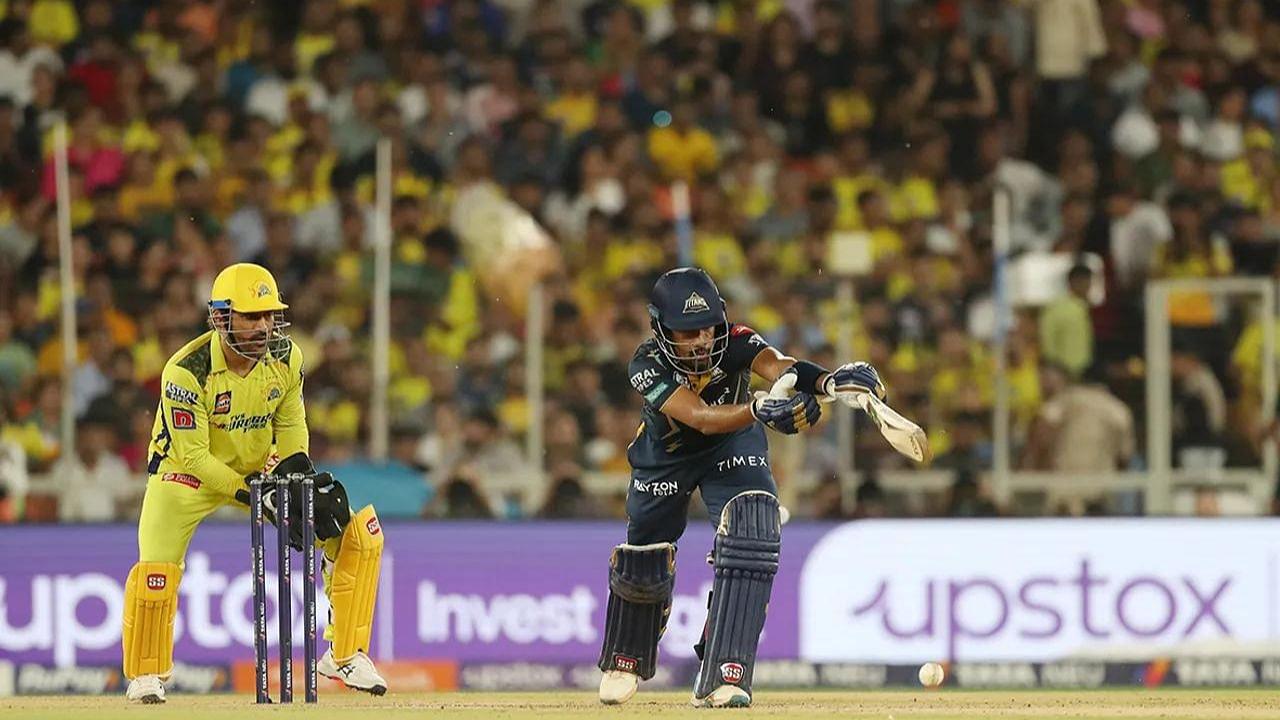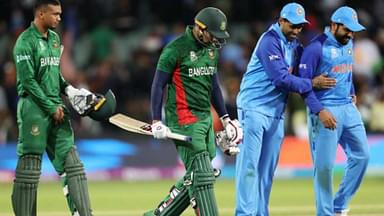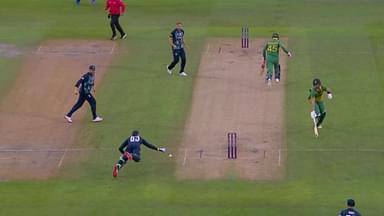The Duckworth-Lewis or D/L method is named after English statisticians Frank Duckworth and Tony Lewis who devised this method to calculate target scores in cricket. Incorporated since 1997, it was amended in 2014 as DLS Method on the name of present custodian named Steven Stern. DLS method takes into consideration the only two resources in a game of cricket – overs remaining and wickets left.
Advertisement
With the help of an evolving mathematical data, the value of these two resources are calculate as a percentage figure. While this system can obviously not factor in the reputation/ability of the chasing team while calculated revised targets for them, it does take into consideration the ‘batting first’ team’s likely aggressive approach to their innings (before the match interruption) if there is a reduction in the number of overs at any point in the match.
With the help of a formula, the DLS target for the chasing team is calculated for at least five overs in a T20 match and 20 overs in an ODI match.
What Is Par Score in Cricket According To DLS Method?
The formula is calculated as – Team 2’s par score = Team 1’s score x (Team 2’s resources/Team 1’s resources).
The par score refers to the target the chasing team should reach/have reached after they are a certain number of wickets down, at the time the match was interrupted for some reason.
Thus, if the team has surpassed this par score after the end of a certain number of overs, they are considered to have won the match if further resumption of play is not possible from that point.
It is worth of a mention that while the chase is on, this DLS target keeps changing after almost every other delivery if the match keeps interrupting. For example, in case a team loses a wicket or two in their bid to keep up with the par score, the revised target for the next over will increase as ‘wickets left’ (the recourse) have further reduced.
For a match to arrive at a result, at least five overs in a T20 contest and 20 overs in an ODI match should have been bowled during the chase.


